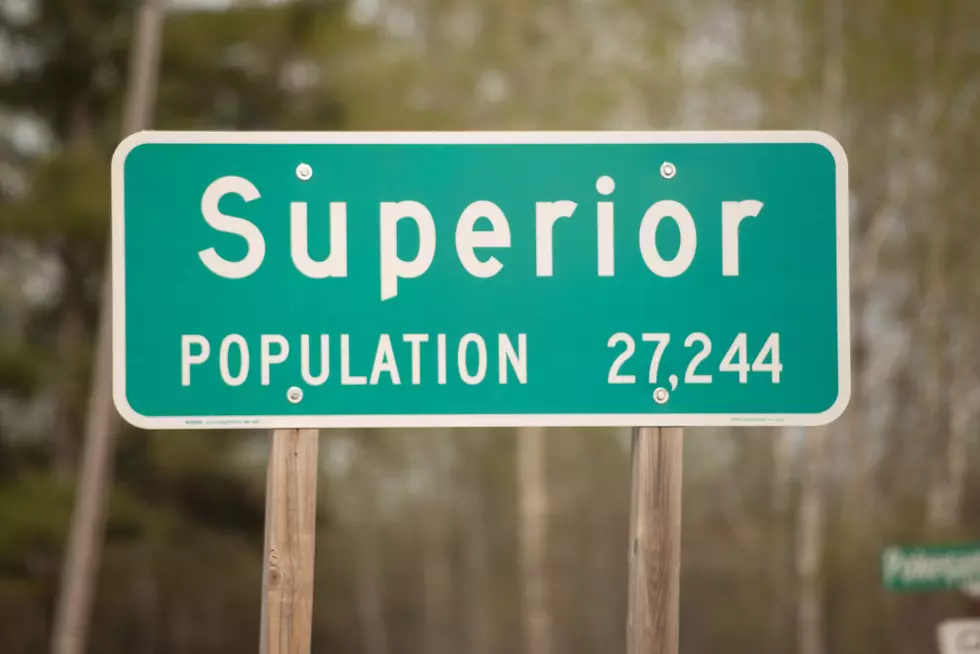
Pilot Program Would Provide $30K In Landscape Funds For Six Superior Homes
A pilot program in Superior that would provide funding to six owner-occupied homes for landscaping passed its initial hurdle. The Superior Planning Commision gave the green light to the spending investment; next stop is the full City Council for a final vote.
The $30,000 in funding would feed the "pilot program designed to improve neighborhoods", offering the initial landscaping needed and then one year of follow up maintenance. Organizers hope that the plan would spur a contagious response, prodding others in to making improvements on their properties as well.
As proposed, the program provides the necessary funding to do three homes in 2023 with another three to follow in 2024. According to an article in the Superior Telegram [paywall], "[o]riginally, the pilot program would have targeted neighborhoods eligible for Community Development Block Grant funds through the U.S. Department of Housing and Urban Development". Since that time, the organizers have expanded the scope of the pilot program so that "anyone can apply".
The program was conceived by Superior City Councilor Jenny Van Sickle. Originally, she envisioned it in one neighborhood, with the six newly-landscaped properties grouped together. "However, she said during a conversation with the city's Housing Planner Jeff Skrenes, she reconsidered because of the contagiousness of pride - homeowners might see their neighbor's property and decide to tackle projects of their own". Van Sickle added "I think it just stands to have a really positive impact on neighborhoods in Superior".
Funding for the program would come from Superior's Neighborhood Improvement Fund. "Preference would be given to high visibility areas such as those along thoroughfares and corner lots".
During conversation prior to the approval from the Planning Commision, some questions were raised about using that Neighborhood Improvement Fund[ing] for the landscaping. Superior Mayor Jim Paine explained that the funds used to be used for abatement - razing abandoned homes, clearing sidewalks, etc. Paine added that the current city policy that uses a Housing Recycling Program, those funds aren't tapped into as much as before. He also offered that "[w]e didn't think twice about actually spending much more to tear down neighborhoods, so to me it's an easy thing to do".
Other questions arose about spending $30,000 of city funds on landscaping only six homes; divided out, that would mean that $5,000 would be spent per property.
Now that the Scenery and Home Superior Landscaping pilot project go the okay from the Planning Commision, next stop is the City Council. That vote is expected to happen at the next meeting on January 3.
11 Times The Twin Ports Got A Shout-Out On Television
10 Artists From Wisconsin That Have Ties To Oscar-Nominated Movies
READ ON: See the States Where People Live the Longest
More From B105







